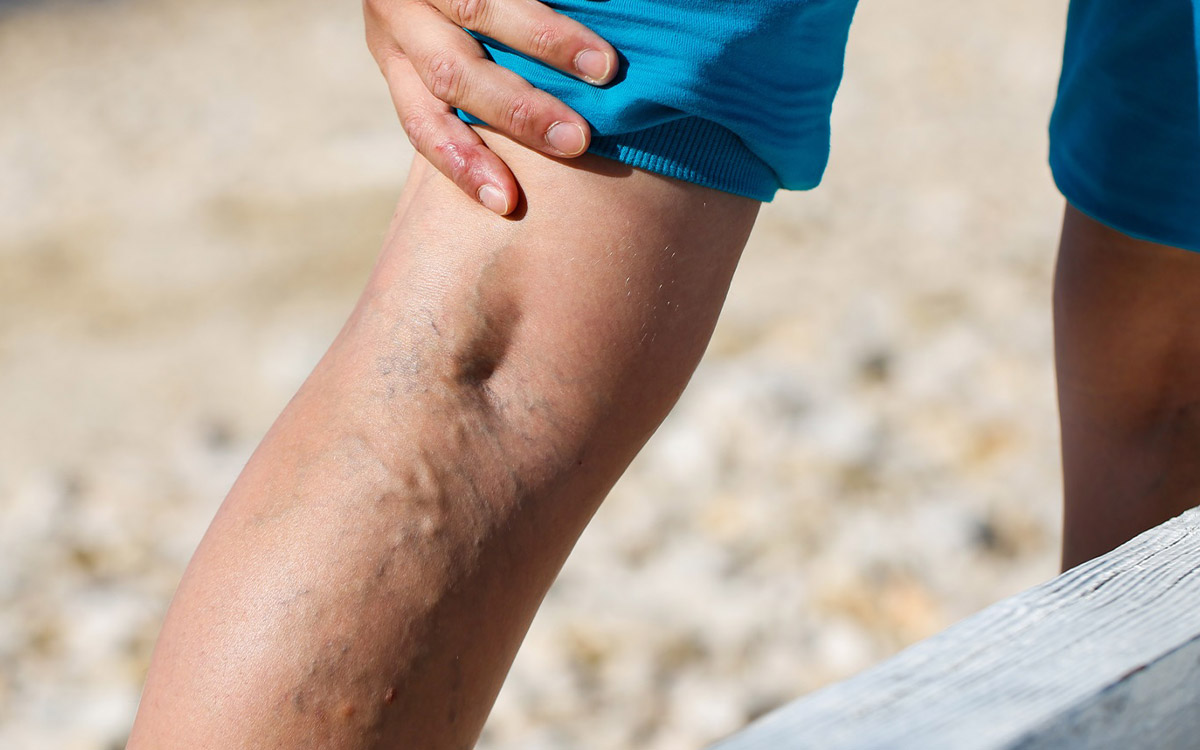Assoc. Prof. Dr. İlker Kiriş
Cardiovascular Surgery

Varicose veins are the enlarged, noticeable, and twisted superficial veins, mostly in the legs. Some scientifically-proven risk factors cause varicose veins. With the advancing age, the incidence of varicose veins increases. Varicose veins are more common in women than in men. Besides, there is a predisposition to the development of varicose veins during pregnancy.
Obesity increases venous blood pressure in the abdomen and prepares the ground for varicose veins. Especially having a body mass index above 30 increases the risk of varicose veins. Finally, genetics, that is, varicose veins in the family relatives, is another risk factor.
Varicose veins usually develop due to venous insufficiency. In healthy people, blood flows through the leg veins from bottom to up and superficial to deep, that is, from ankles to the heart. Venous insufficiency, "venous reflux," refers to blood in the leg veins leaking backward in the reverse direction, that is, from bottom to up or from the deep to the superficial. As a result, venous blood pressure increases, and thus venous hypertension and varicose veins occur. Venous insufficiency develops due to two main reasons.
There are valves in the veins. These valves open when blood flows from bottom to up or superficial to the deep, and when we stand up, they close to prevent the blood from leaking deeply back into the superficial system. In other words, it functions like a 'check valve' that allows blood to flow in one direction. If this valve loses its feature and fails to close sufficiently when we stand up, blood flows from top to bottom and deep to the superficial system, which is called "venous reflux." The amount of blood and pressure increases in superficial veins, and varicose veins occur through the enlargement in lateral branches.
Deep vein thrombosis is a condition in which clots and blockages occur in deep veins. The clot develops in the deep vein, accumulates between the valve and the blood vessel wall, and disrupts the valve function. Besides, it prepares the ground for venous insufficiency by creating an obstacle in front of the blood flowing from bottom to top. As a result, venous blood pressure increases, thus "venous hypertension," and varicose veins develop.
It is indicated in various sources that some factors cause varicose veins. However, there is not enough scientific evidence to show definitively that these factors cause varicose veins. Examples of these consist of smoking, constipation, performing a profession that requires standing for a long time, and wearing high heels. As a result, varicose veins may develop due to different reasons. It is not possible to determine the exact cause of varicose veins in a patient.

